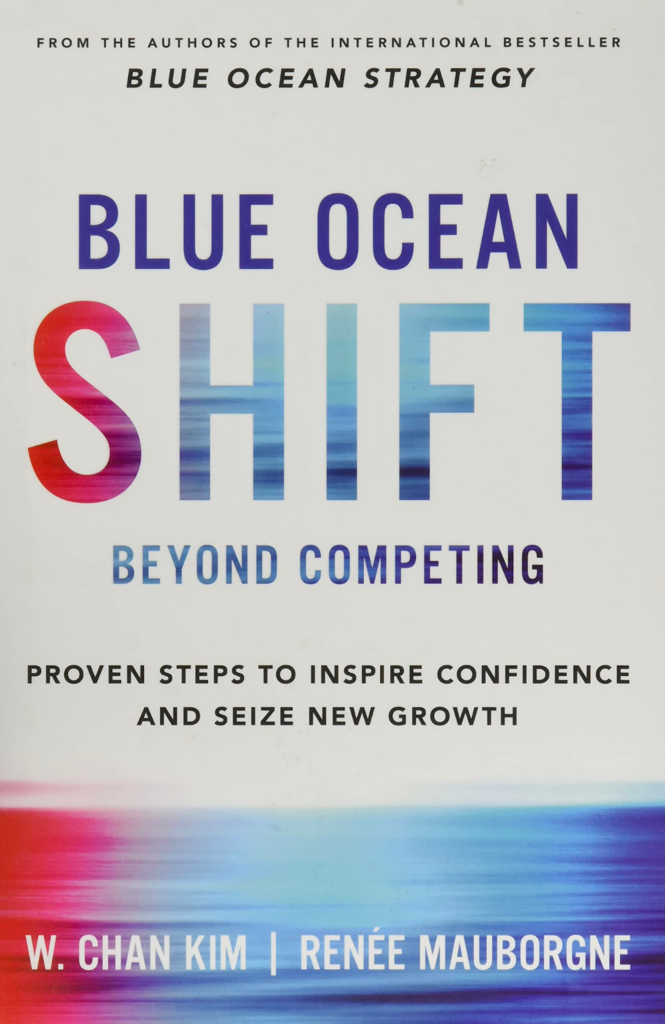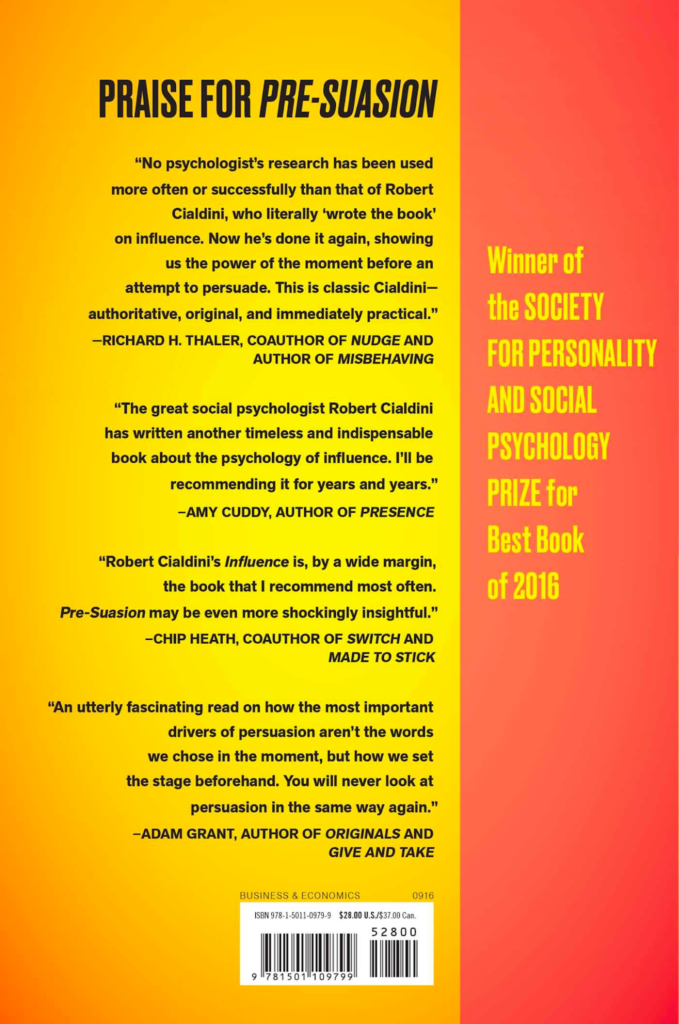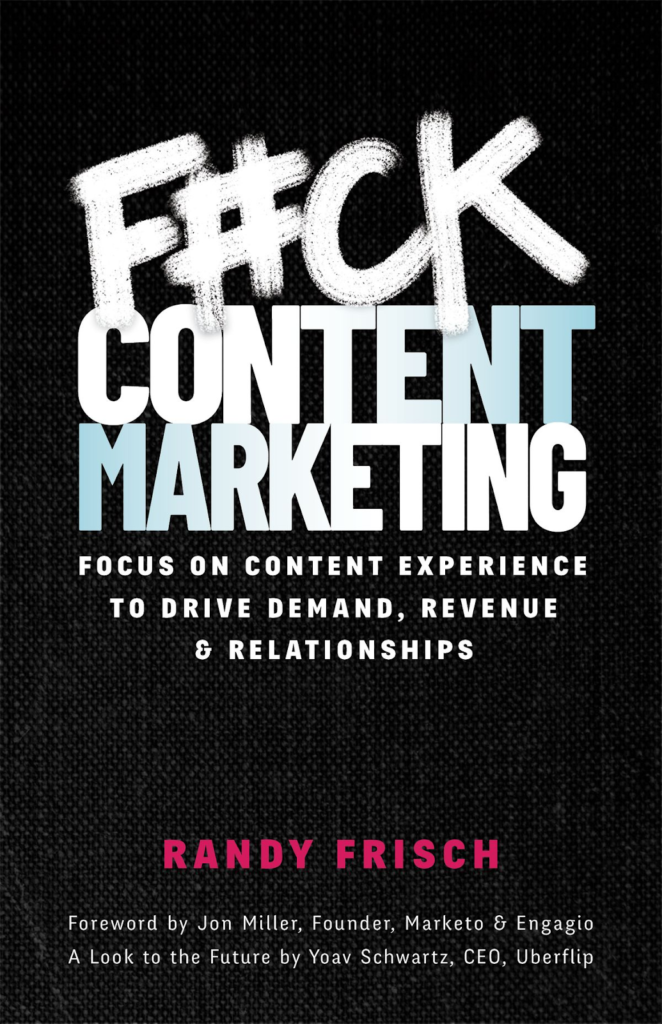
Table of Contents
- 6 Books on Content Marketing for Beginners
- Key Takeaways
- Conclusion
- FAQs
Everybody wants to gain from content marketing, but you’ll need to understand the correct methods and tactics to become an expert. Many books are available on anything from keyword research to developing a comprehensive content marketing strategy, making it more difficult to choose the best ones to gain knowledge from. To save you time, we combed through hundreds of books to save you time to select these top six for you.
Each one is chosen for its depth, practical, and actionable approaches. Regardless of whether the authors have battle-tested expertise to convey what they continue to preach effectively!

6 Books on Content Marketing for Beginners
Here are 6 books about content marketing if you’re a beginner. Let’s get started!
1. Blue Ocean Shift: Beyond Competing by Renee Mauborgne and W. Chan Kim
Many executives and administrators found themselves in a red ocean when they embraced their concept and fundamentally rethought their existing corporate plans. Many were confused about how and where to begin transitioning to blue waters, which would frequently include persuading members of their workforce to buy into a core principle that clearly contradicted their industry’s long-established regulations.
Entrepreneurs need precise measures and a systematic approach to develop and acquire blue oceans with the least risk. In Blue Ocean Shift, Kim and Mauborgne take on this newfound challenge head-on by studying and contrasting the strengths and weaknesses of blue ocean projects worldwide that have grown as a result of the campaign they started almost three decades ago.
Kim and Mauborgne establish a clear knowledge of the mechanism of new market expansion and development that unleashes people’s achievements and mental toughness to act in various sectors, including business-to-business and business-to-government.

2. Pre-Suasion: A Revolutionary Way to Influence and Persuade by Robert Cialdini
Social psychologist Robert Cialdini, the author of the bestseller Influence, sheds light upon effective persuasive communication, revealing that the trick isn’t in the message exactly but in the crucial instant before it has been communicated.
From research findings on advertising imagery to trying to treat adverse drug reactions, from Berkshire Hathaway’s annual letters to pages of history, Cialdini involves a broad range of research and narration to highlight the special techniques users could use on online market research campaigns and sometimes even efficient wartime propaganda. He demonstrates how the skillful diverting of focus leads to successful pre-suasion and primes your intended audience to answer “Yes.”

3. Talk Triggers: The Complete Guide to Creating Customers with Word of Mouth by Jay Baer and Daniel Lemin
Best-selling authors and marketing specialists Jay Baer and Daniel Lemin have produced Talk Triggers, the ultimate, practical approach to utilizing big operational points of difference to develop customer discussions.
Word-of-mouth accounts for 19 percent of all transactions and has a 90 percent influence on the rest. To make purchasing decisions, every human being on the planet counts on word of mouth. Even presently, less than 1% of businesses have a strategy to generate these critical client engagements. Talk Triggers lays out that concept in a fascinating, current, and actionable book that any company can use right away.
Talk Triggers contains
- An exclusive study about why and how consumers communicate
- Over 30 detailed comparative studies of achieving competitive advantages from Doubletree Hotels by Hilton as well as their toasty cookie upon arrival; The Cheesecake Factory and their massive menu; Five Guys Burgers and their extra fries in the bag; Penn & Teller and their nightly meet-and-greet sessions; and plenty of other delightful small businesses
- The 4-5-6 learning strategy is a straightforward approach (the four criteria for a differentiation to qualify as a talk trigger; the five kinds of talk triggers; and the six-step approach for developing discussion triggers)
- Surprises like in-text, which (obviously) help spread the word.
Talk Triggers is also the first book about word-of-mouth that combines fascinating stories, motivating examples, and detailed how-to. It’s a novel that will spark a discussion about the power of words.
4. Storynomics: Story-Driven Marketing In A Post-Advertising World by Robert McKee and Tom Grace
Together with his partner Tom Gerace, the CEO of Skyword, Robert McKee (an educator) has made a career of spreading the magic of tales in Hollywood and the corporate world simultaneously. They collaborated on this book, which breaks down powerful storytelling in a realistic yet simple approach, making it one of the top content marketing books available anywhere. With volumes like The Marketing Crisis and Advertising: A Story of Addiction, you’ll resonate with this book since it walks you through the 8 phases of narrative step by step.
It progresses through several stages, including the target audience and topic matter, through the critical instigating occurrence and desired outcome, which is then accompanied by the conventional action, reaction, and crisis choice and resolution. The final portion, Putting Story to Work, is divided into chapters that each cover a single procedure for each level.
5. F#ck Content Marketing: Focus on Content Experience to Drive Demand, Revenue & Relationships by Randy Frisch
F#ck Content Marketing is not just a book for content marketers; it’s for anybody in a company who wants to learn more about how to use content marketing to generate demand, leads, income, and connections. Content marketers produce what Randy Frisch refers to as “content experiences.” They immerse the client in the experience. Netflix, iTunes, and YouTube are examples of companies that have successfully implemented this strategy.
In today’s world of content generation, the emphasis is on quantity. Many content creators and marketing firms feel the more information produced, the better. The fact is that about 70% of all material created (visual, video, or written) is never seen or used. This book offers a content marketing strategy for organizing, personalizing, and distributing your work for optimal results.

6. Everybody Writes: Your Go-To Guide to Creating Ridiculously Good Content by Ann Handley
Everybody Writes is based on the idea that everyone is a writer in today’s content-driven era. Even if you have a website or are popular on social media, you are involved in marketing somehow. The truth is that most marketing relies on language to convey its messages. You need exceptional written material to convert potential consumers into repeat customers or browsers into devoted members.
Writing high-quality content might make us seem smarter. It can make us appear kind, competent, and trusted. However, if done incorrectly, it has the potential to render us uneducated or dull. Ann Handley teaches professional content writing skills that you may use across your online assets. She demonstrates how to enhance the content on your website, landing pages, blogs, client emails, promotional offers, and other materials. She also explains how to improve the quality of your writing on Facebook, Instagram, LinkedIn, and other social media platforms.
This book intends to serve as a go-to resource for anyone developing or distributing Internet content or marketing campaigns. It includes both explicit strategies (do this, don’t do that) and practical content marketing materials. If you have trouble writing properly, Ann Handley’s guidance will help you enhance the clarity and interest of your work, which is especially important for digital reading.

Key Takeaways
- Many books are available on anything from keyword research to developing a comprehensive content marketing strategy, making it more difficult to choose the best ones to gain knowledge from.
- In Blue Ocean Shift, Kim and Mauborgne study and contrast the strengths and weaknesses of blue ocean projects worldwide that have grown as a result of the campaign they started almost three decades ago.
- Pre-Suasion: A Revolutionary Way to Influence and Persuade by Cialdini involves a broad range of research and narration to highlight the special techniques users could use on online market research campaigns and sometimes even efficient wartime propaganda.
- Talk Triggers contains an exclusive study about why and how consumers communicate.
- Storynomics progresses through several stages, including the target audience and topic matter, through the critical instigating occurrence and desired outcome, which is then accompanied by the conventional action, reaction, and crisis choice and resolution.
- Everybody Writes: Your Go-To Guide to Creating Ridiculously Good Content intends to serve as a go-to resource for anyone developing or distributing Internet content or marketing campaigns.
Conclusion
While the concepts and philosophies in all of these six content marketing books are diverse, they all have the same goal: to assist you in becoming better in your content marketing strategy. These content marketing books could help you reach your goals, whether you want to improve lead generation, better your social approach, or entirely rework your content marketing plan.
FAQs
Educational articles, e-books, movies, entertainment, and seminars are examples of content marketing that address specific issues and provide customers with something they can’t get anywhere else. This is the most effective technique to make your goods, no matter how ordinary, stand out from the crowd.
What is inside or included is referred to as content. Beans in a jar are an example of content. The words on the inside of a book are an example of content.
Information or content marketing focuses on producing and delivering valuable, relevant, and consistent content to attract and maintain a specific audience and, eventually, drive profitable consumer action.
The four types of content are attraction, authority, affinity, and action. These aren’t mutually exclusive. One piece of content will often fit in multiple categories.
Content categories are an organizational structure that aids in sorting and distributing content. This is essentially an elevated view of your material, designed to assist you in planning and executing content marketing initiatives.
Latest Blogs
Explore how Google’s 2025 AI search updates triggered ranking chaos. Learn actionable strategies to adapt your SEO for AI Overviews, zero-click searches, and SERP volatility. Stay ahead now.
Learn how to rank on AI search engines like ChatGPT, Perplexity, and Gemini by optimizing your content for authority, structure, and relevance. Stay ahead in AI-driven search with this strategic guide.
Explore the best healthcare SEO services for your medical practice. Improve online visibility and effectively reach more patients in need of your services.
Get your hands on the latest news!
Similar Posts

Content Marketing
4 mins read
11 Best B2B Content Marketing Agencies for B2B Companies in 2024

Content Marketing
5 mins read
Top ecommerce Marketing Agencies with Proven Strategies for 2024

Content Marketing
5 mins read